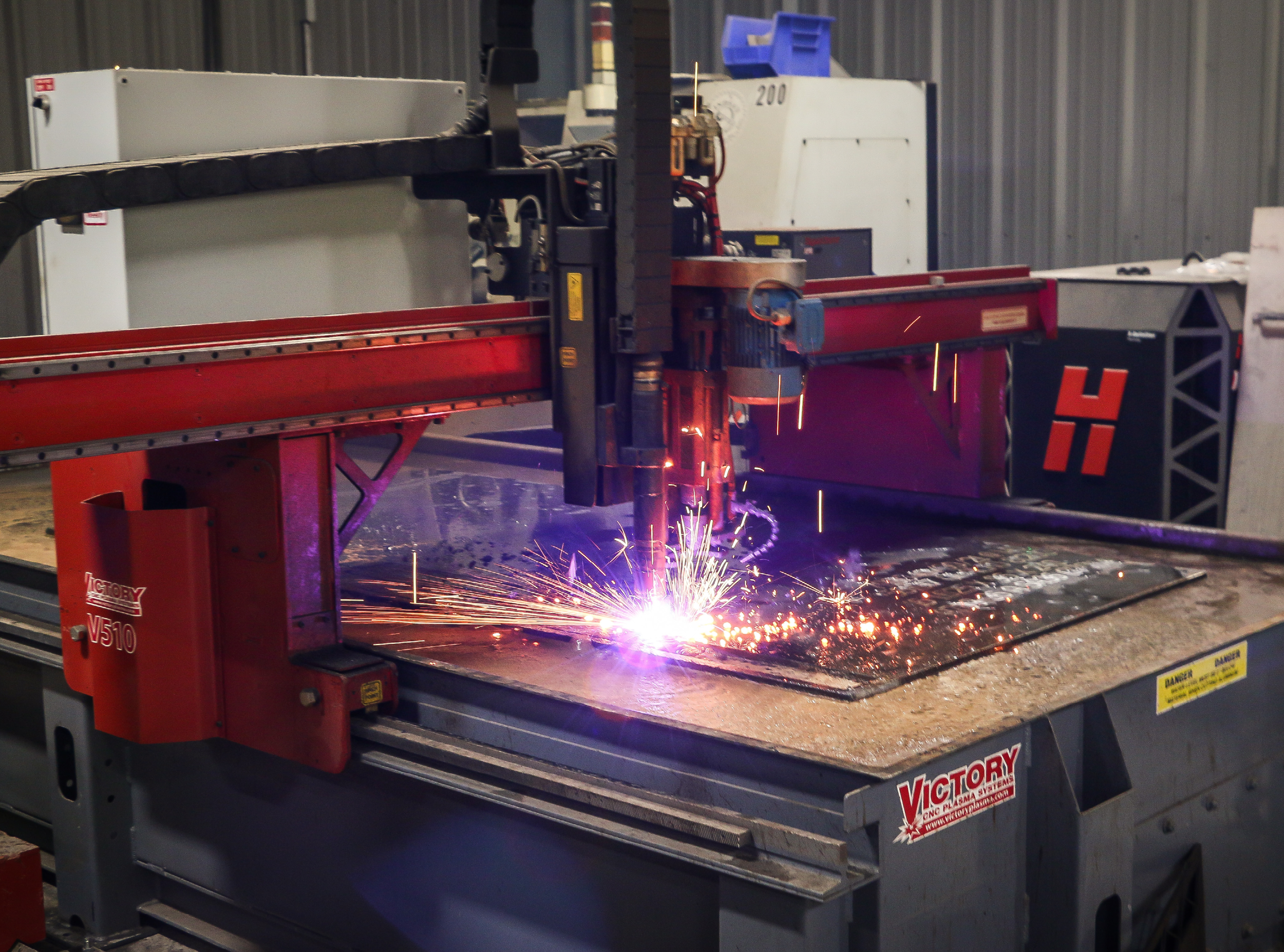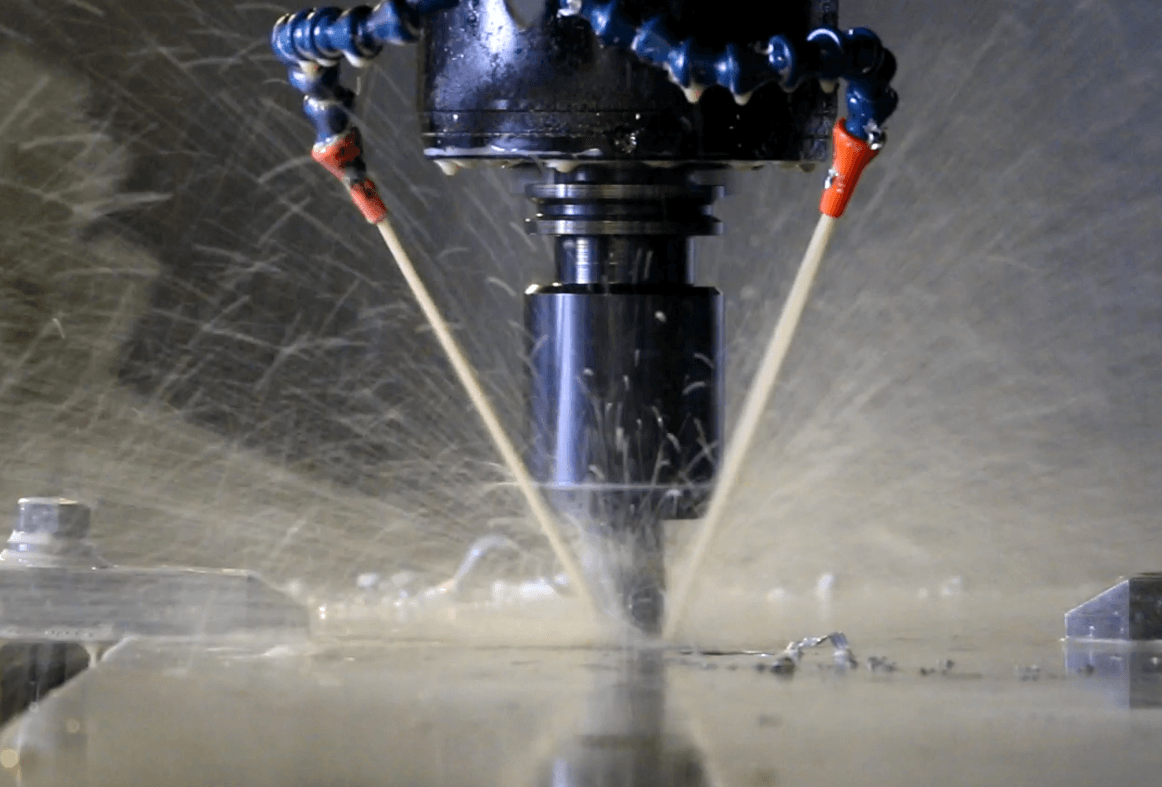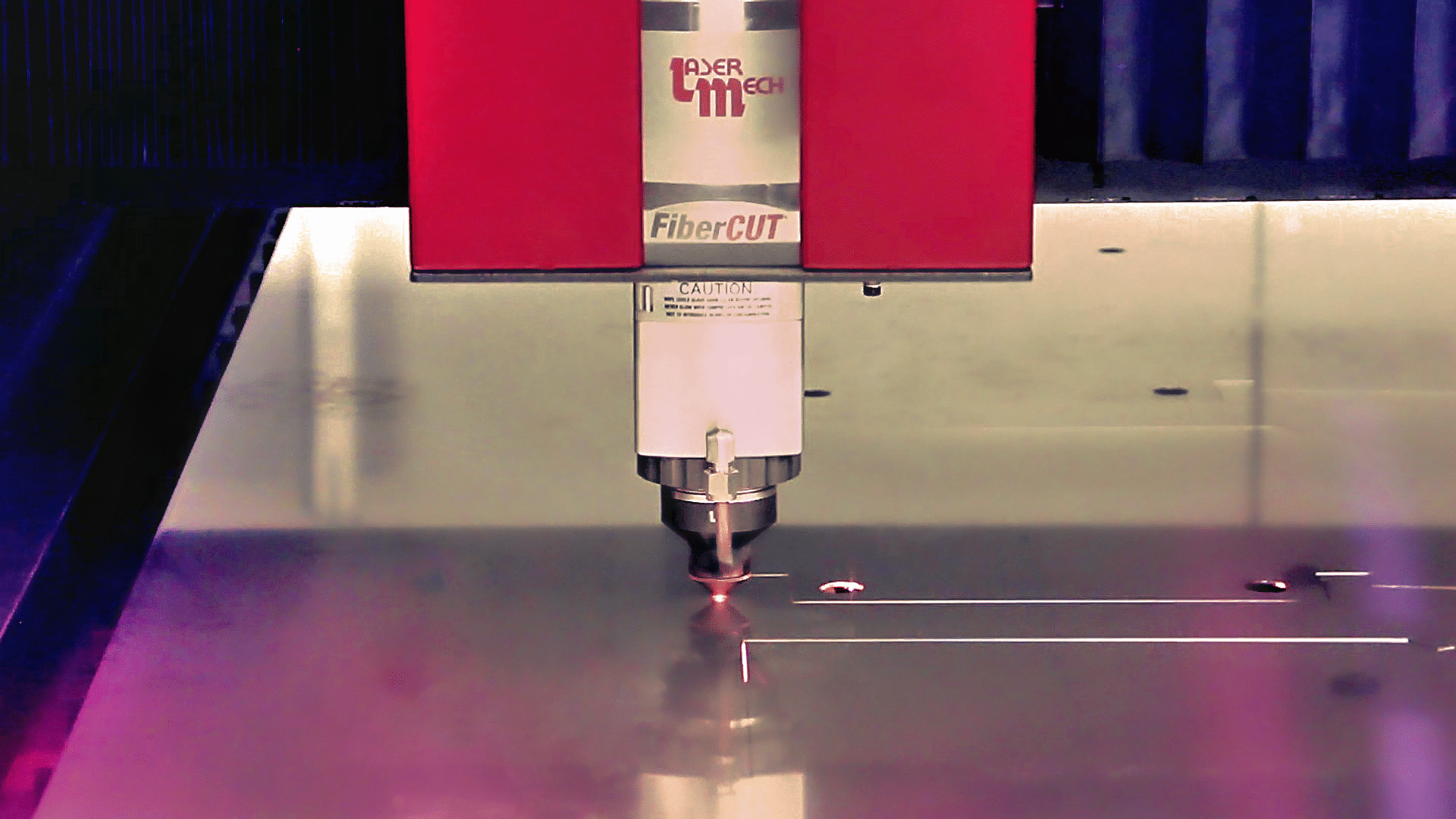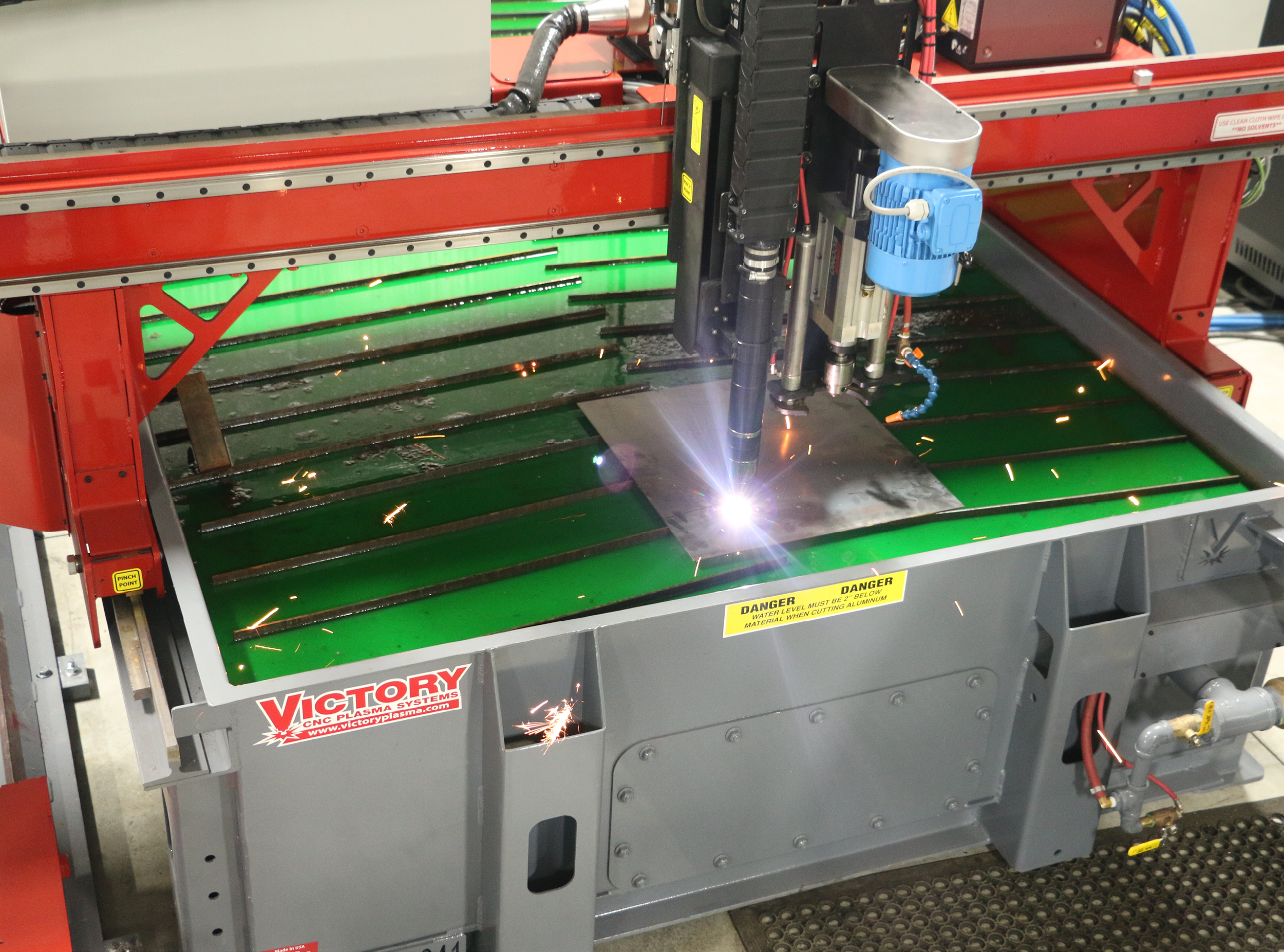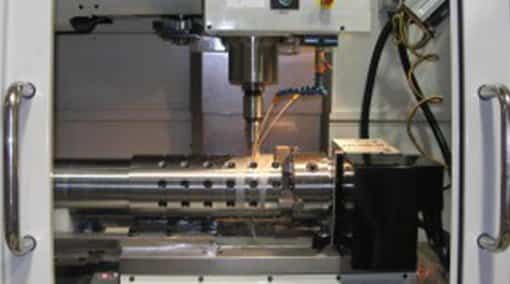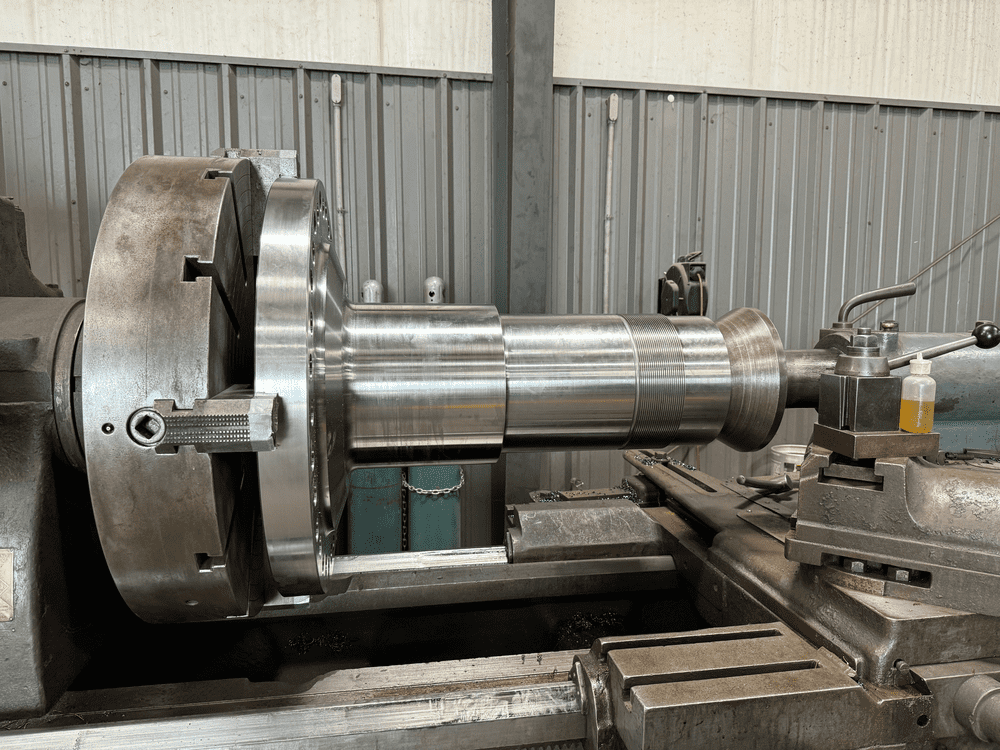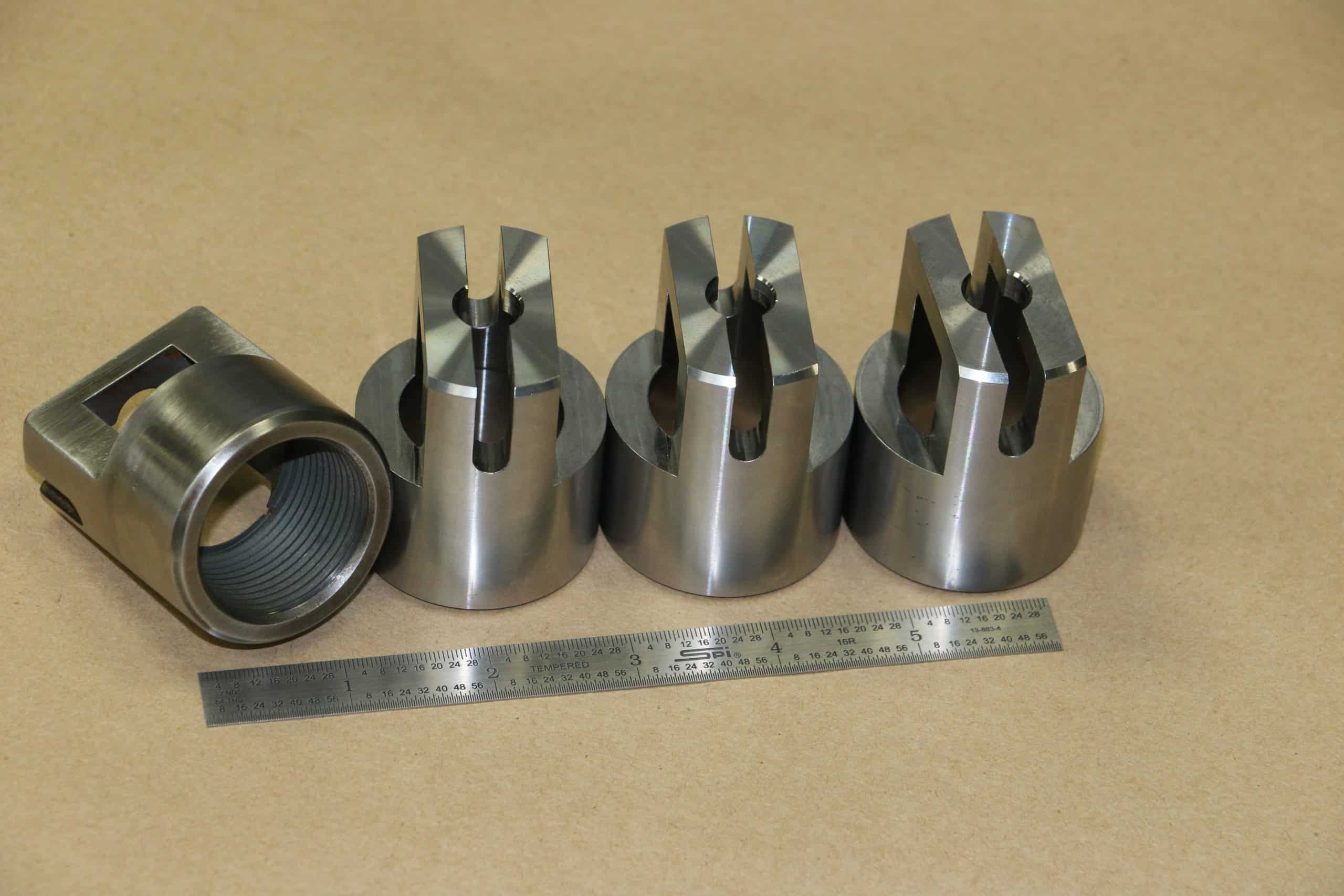Have you ever wondered how intricate metal parts for airplanes or custom-designed plastic components are made with such perfect accuracy? Often, the answer lies in a powerful tool known as a CNC cutter. This technology has transformed manufacturing, allowing for the creation of precise and complex shapes from a wide range of materials. But what exactly is a CNC cutter, and how does it accomplish these impressive tasks?
This guide will break down the essentials of CNC cutting. We will explore what these machines are, how they operate, and see some real-world examples of their use across different industries. You will learn why CNC cutting is a go-to method for everything from one-of-a-kind prototypes to small batches of high-quality parts.
What Does CNC Stand For?
Let’s start with the name. CNC stands for “Computer Numerical Control.” It might sound complicated, but the concept is quite simple. It means that a computer is used to control the movement and operation of a machine tool. Instead of a person manually guiding a cutter, a computer program directs the machine to perform precise actions.
A CNC cutter is part of a larger category of manufacturing called CNC machining. These machines are “subtractive,” which means they start with a solid block of material (like metal or plastic) and cut away excess material to reveal a final, finished part. Think of it like a sculptor carving a statue from a block of marble, but with incredible speed and robotic precision.
How Does a CNC Cutter Work?
The process of using a CNC cutter follows a few key steps, turning a digital design into a physical object. The entire workflow is designed for accuracy and repeatability.
Creating the Design
Everything begins with a digital blueprint. Using Computer-Aided Design (CAD) software, an engineer or designer creates a 2D or 3D model of the part they want to make. This detailed file contains all the dimensions, curves, and features of the final product.
Generating the Code
Once the design is complete, it’s converted into a special set of instructions for the CNC machine. This programming language, often called G-code, tells the cutter exactly where to move, how fast to go, and how deep to cut. Every action the machine takes is dictated by this code.
Setting Up the Machine
A skilled operator prepares the CNC machine for the job. This involves securing a solid block of the chosen material, called a workpiece or blank, onto the machine’s bed. The operator then installs the correct cutting tools (like drills, mills, or blades) into the machine’s spindle.
Executing the Program
With the setup complete, the operator runs the program. The CNC machine reads the G-code and begins the cutting process. It moves the cutting tool along multiple axes (up/down, left/right, forward/backward) to precisely remove material from the workpiece. The process is fully automated, ensuring that every cut matches the digital design with pinpoint accuracy. The result is a finished part that is a perfect physical copy of the original CAD model.
What Makes CNC Cutting So Valuable?
CNC cutters are relied upon in modern manufacturing for several important reasons. Their unique advantages make them ideal for a wide range of projects.
Unmatched Precision
Because they are controlled by computers, CNC machines can achieve extremely tight tolerances. This means they can create parts that are accurate down to a thousandth of an inch. This level of precision is critical for components that need to fit together perfectly, such as parts for an engine or a medical device.
Material Versatility
CNC cutters are not limited to a single type of material. They can effectively shape a vast selection of materials, each chosen for specific properties like strength, weight, or heat resistance. Common materials include:
- Metals: Aluminum, steel, brass, titanium, and copper.
- Plastics: ABS, polycarbonate, nylon, and acrylic.
- Wood and Composites: From hardwoods to carbon fiber.
This flexibility allows manufacturers to choose the best material for the job without being limited by the manufacturing process.
Ideal for Prototypes and Small Batches
Setting up a CNC machine for a new design is a relatively fast process. This makes CNC cutting the perfect choice for creating prototypes to test a new idea. It is also highly cost-effective for low-volume production runs, where only a few hundred parts are needed. Unlike methods that require expensive molds, CNC machining allows you to produce one part or a few hundred without a massive upfront investment.
Superior Structural Integrity
Since CNC machining starts with a solid block of high-quality material, the finished part retains its original strength and structural properties. There are no seams, joints, or internal defects that could compromise its integrity. This is essential for parts used in high-stress applications, like the aerospace and automotive industries.
Where Are CNC Cutters Used?
The applications for CNC cutting are nearly endless. You can find parts made by CNC machines in almost every major industry.
- Aerospace: Components for airplanes and spacecraft require incredible precision and strength. CNC cutters are used to make everything from turbine blades to structural brackets.
- Automotive: The auto industry uses CNC machining for producing engine components, custom aftermarket parts, and prototypes for new vehicle designs.
- Medical: Surgical instruments, custom implants, and components for medical devices are often made using CNC cutting due to the need for high precision and compatibility with sterile materials.
- Electronics: CNC machines create custom enclosures, heat sinks, and other small, intricate parts for consumer electronics.
- Custom Manufacturing: From unique architectural elements to specialized machine parts, CNC cutters provide the ability to create bespoke items with perfect accuracy.
Your Partner in Precision Manufacturing
CNC cutting is a powerful and versatile manufacturing process that combines digital design with automated machinery to produce highly accurate parts. Its ability to work with a wide range of materials and its suitability for both prototypes and small production runs make it an invaluable tool for modern industry.
Whether you’re developing a new product or need a reliable source for precision components, understanding the capabilities of a CNC cutter is the first step.
Are you looking to bring a design to life with the quality and precision of CNC machining? Contact us today to discuss your project and discover how we can deliver the parts you need with expert craftsmanship.

